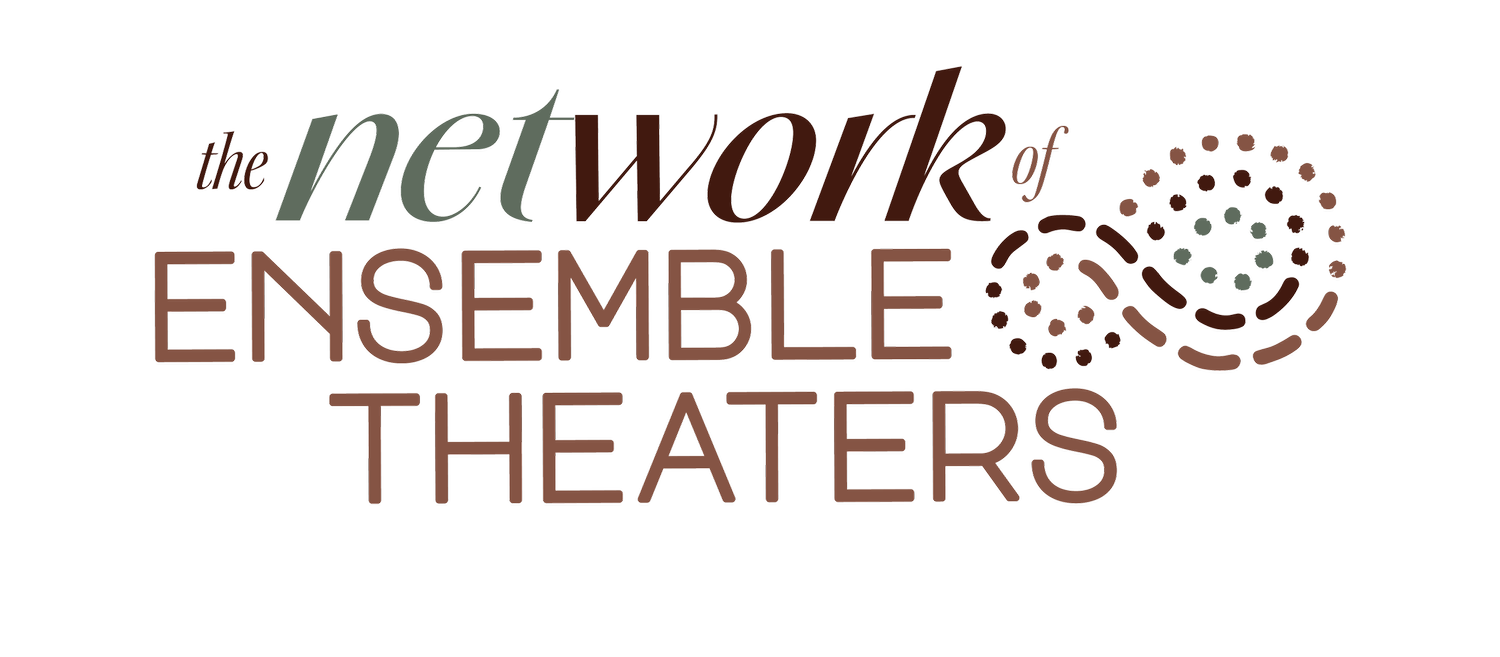NET/TEN Shareback: Jose Abad and Joy Mariama Smith -
Spring 2019 Travel Grant
Social practice artists Jose Abad (San Francisco, CA) and Joy Mariama Smith (The Hague, Netherlands) convened for two weeks in Stolzenhagen, Germany to discuss the use of pedagogical techniques in improvisatory theater, dance, and somatic education as a liberatory practice. The knowledge gained during this exchange was intended to support the development of Abad's future project "QT Labs," a retreat for QTPOC performance based artists.
Our collaboration centered the questions: When our basic needs are met and we are out of the energetic noise of the city, what can emerge from the container we create? We imagined collectively curating an experience that allows for artist-activists to have a moment of repose in order to rest, recalibrate, and reinvigorate their minds, bodies, and spirit, in service of our work towards our collective liberation.
Through conversations around Black thought and theory, Abad and Smith delved into the African American folklore of how Harriet Tubman came to the idea of the underground railroad. It is said that Tubman developed narcolepsy due to a head injury she sustained when she was caught in between an angry white overseer who hurled a weight at another enslaved person. Tubman would often fall unconscious and experience vivid dreams. After one of these dreams she woke up uttering the sentence “My people are free” and developed a map to turn those visions into a reality. Some say this was all the work of Spirit urging Tubman to rest so she could speak this into existence and lead our people to liberation.
Rest however, is not where her practice ended. Tubman also exercised her right to bear arms, was a nurse, and was a spy for the union. Through these lessons from Tubman, we noticed a diversity of tactics and energies we can tap into and explore, and developed 4-archetypes to explore through performative and somatic practices.
Below are the Archetypes and some examples of exercises one can try:
The Dreamer
Creating spaces to engage in processes of reconnecting with ourselves, each other, and spirit through rest, imagination, and ritual recontextualized in contemporary form.
Build a collective altar. Set an intention for the time shared together, and honor the creative container you are holding.
Engage in a shared rest practice, this can be done in the studio or out in nature. Be together in stillness, let yourselves take a collective nap, note what emerges, and map out what came up for people during this time.
The Warrior
Explore anticolonial embodied practices as decolonial strategies for collective survival. Being from various diasporas in which our ancestors had to hide fighting styles as forms of dance, take time to look into cultural dances and see how embodying these forms also gives clues of the embodied strategies our ancestors used for survival. More specifically, we looked at Capoeira from Brazil and Eskrima from the Philippines. What other forms, lineages and forms of embodied practice can folks identify, and how could these serve as tools to support us in the challenges of today?
The Healer
Utilize healing modalities, somatics, and the development of mutual-aid networks of care.
Tend to each other’s bodies, practice asking your community for what you need, and explore how they can show up for you.
The Insurgent
Engage in artistic interventions through both direct action protest and dismantling “the system” from within.




